Press Release
Shooting Felon Receives Maximum Federal Prison Sentence
For Immediate Release
U.S. Attorney's Office, District of South Carolina
Charleston, South Carolina ---- United States Attorney Beth Drake stated today that Delano McPherson, 29, from Charleston, South Carolina, was sentenced in federal court by United States District Court Judge Richard M. Gergel, who imposed the maximum possible sentence under federal law. McPherson was sentenced to 10 years in the federal penitentiary. He was convicted of being a felon in possession of a firearm after pleading guilty on October 24, 2017.
McPherson’s case illustrated the effectiveness of the surveillance cameras installed in the city’s high-crime and densely populated areas of Charleston, South Carolina. These have been very beneficial in not only preventing crime but also helping to solve crimes after they happen.
Evidence presented during the sentencing hearing showed that on September 7, 2015, the CPD Camera Room Operator called dispatch to advise that he had seen an individual shooting a gun from the location of the intersection of America Street and South Street, about three blocks from East Bay Street. This happened around 11:15pm in the late evening. From witnessing the incident on the surveillance camera, the operator was able to provide a description of the individual. He also was able to fully describe the car (a silver Nissan Altima) and its license tag. He informed dispatch that the shooter left the scene in the vehicle as a passenger, fleeing towards East Bay Street on South Street. City of Charleston Police Department Officers responded immediately and spotted the car. They made a felony stop at a gas station, two blocks from the scene of the shooting. The driver was found to be Desmond Campbell. In the rear passenger’s seat was the driver’s brother, Delano McPherson. An officer looked in the back seat area and saw the grip and hammer of a revolver beneath the front passenger seat. This was where McPherson had been sitting. The officer retrieved the gun, which was a silver Smith and Wesson .357 magnum caliber revolver. It had six spent shell casings.
The car was further searched. The glove box held a Glock magazine, loaded, with 16 rounds of 9mm ammunition. The car itself was damaged. The officer observed a gouge in the roof of the vehicle, which was visible from the outside.
The video surveillance tapes were reviewed and showed the full sequence of events. McPherson, the aggressor, got into a confrontation moments before the shooting, on America Street.

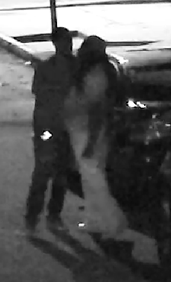
He walked away, and down South Street.

About fifteen minutes later, he returned, carrying what appeared to be a silver revolver, in his right hand.
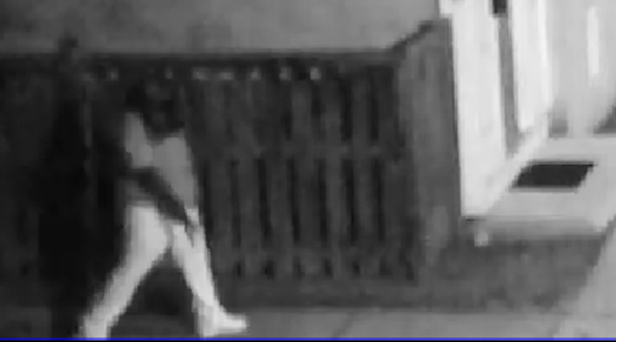

He then turned away and walked down South Street. An Altima pulled up and the driver, his brother, got out and walked away, down South Street.

The operator noticed that after the individual shot the gun, he walked west on South Street, while leaving the car running and the lights on.
McPherson stood on the corner of America and South Street with the pistol in his hand.
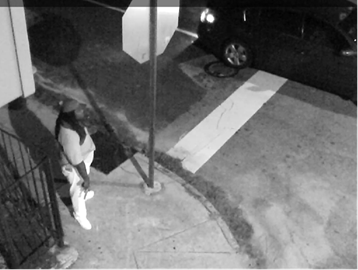

After looking around, and using the Altima for cover, he walked up to the car and began shooting.
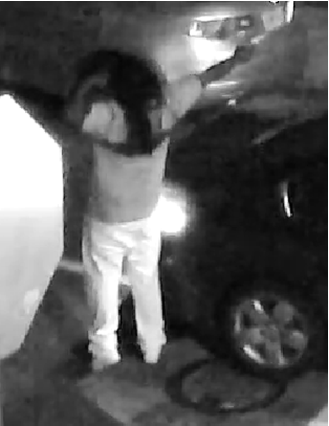
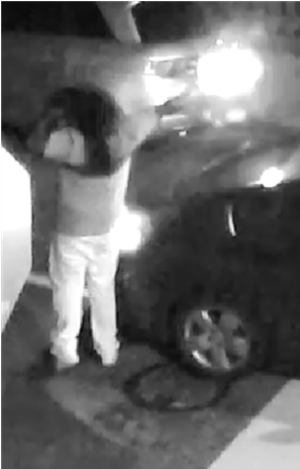
He started to leave, again down South Street, and there was return fire.
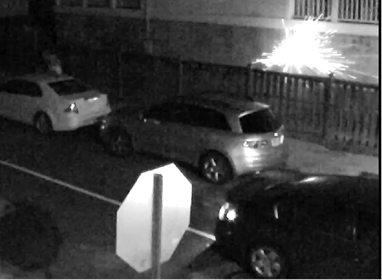

He hid the gun on top of the wheel well of an adjunct car, then retrieved it and got into the passenger’s seat of the Altima. His brother also returned and the two drove off.
Police immediately responding to the 911 calls turned from America Street onto South Street.

The 911 calls were from neighborhood residents. Rounds from the shooting penetrated several homes.
During the sentencing hearing, McPherson testified that he was trying to defend himself. While being cross-examined by Assistant United States Attorney, Sean Kittrell, he admitted that he shot at a person during the course of the incident. He also admitted to having sold drugs at the same corner that McPherson shot from, a crime of which he had previously been convicted. In this case, Judge Gergel found that McPherson had used the firearm in an attempted murder and imposed the maximum sentence.
United States Attorney Drake recognized the work of the Charleston Police Department and the Bureau of Alcohol, Tobacco, Firearms and Explosives, which investigated the case, “The U.S. Attorney’s Office and ATF are working with our state and local law enforcement partners to identify violent offenders who are tearing our communities apart. One of the quickest and most effective ways to reduce street violence is to take violent repeat felons who use guns off of the street using the federal law that prohibits a convicted felon from possessing a firearm. It’s all about protecting our communities.”
The resident agent in charge of the Bureau of Alcohol, Tobacco, Firearms and Explosives, praised the fast work of the City of Charleston Police Department and said that, “This investigation is another example of the outstanding partnership between ATF, the Charleston Police Department and the U.S. Attorney’s Office working collaboratively to target violent crime in the City of Charleston.”
McPherson was convicted of violating the felon in possession of a firearm statute. This is Title 18, United States Code, Section 922(g)(1).
McPherson is prohibited under federal law from possessing firearms based upon his prior separate state conviction for distribution of crack cocaine (3 counts), possession of crack cocaine (two convictions), a federal conviction
The case was investigated by the Bureau of Alcohol, Tobacco, Firearms, and Explosives (ATF) and the City of Charleston Police Department and was prosecuted as part of the joint federal, state and local Project CeaseFire initiative, which aggressively prosecutes firearm cases. Assistant United States Attorney Sean Kittrell and Special Assistant Solicitor Stephanie Linder, who is an Assistant Solicitor for the 9th Judicial Circuit, prosecuted the case for the government. Project CeaseFire is part of Project Safe Neighborhoods (PSN), a program that has been historically successful in bringing together all levels of law enforcement to reduce violent crime and make our neighborhoods safer for everyone. Attorney General Jeff Sessions has made turning the tide of rising violent crime in America a top priority. In October 2017, as part of a series of actions to address this crime trend, Attorney General Sessions announced the reinvigoration of PSN and directed all U.S. Attorney’s Offices to develop a district crime reduction strategy that incorporates the lessons learned since PSN launched in 2001.
#####
Contact
Lance Crick (864) 282-2105 Sean Kittrell (843) 727-4381
Updated April 18, 2018
Topic
Project Safe Neighborhoods
Component

 U.S. Department
of Justice
U.S. Department
of Justice